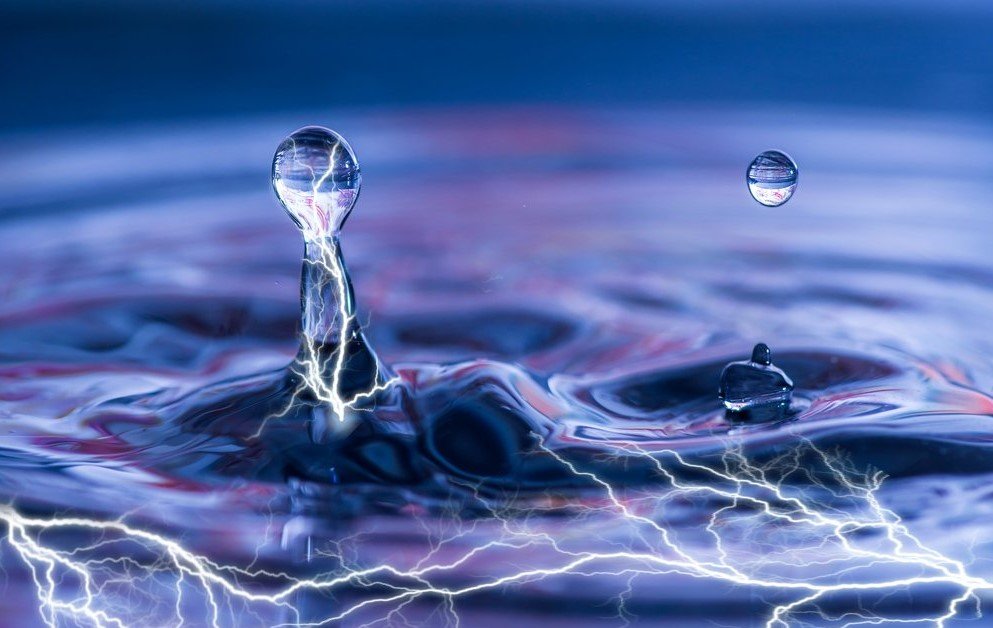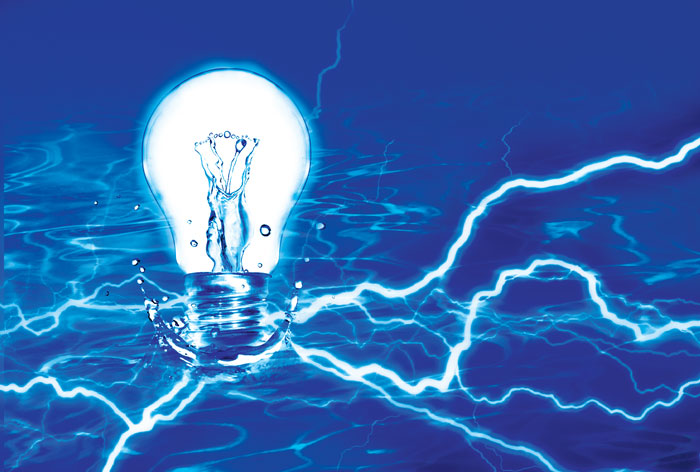IIT Guwahati Develops Materials For Power Generation Using Water
Harin - Jan 06, 2020

A team of IIT Guwahati researchers has developed new materials that could be used to generate power from water, in both flowing and stagnant states.
- IIT Mandi Researchers Develop Road That Can Generate Electricity By Walking
- IIT-Guwahati Is Working On An Antimicrobial Coating For PPE
- IIT Guwahati Develops A Low-Cost Machine To Sanitize Hospitals And Buses Floors
A team consists of IIT Guwahati researchers has developed new materials that could be used to generate power from water, in both flowing and stagnant states. The researchers think that they could implement this technique on a small scale in households.
The team doesn’t follow conventional methods for producing electricity. Instead, they have a decentralized approach. And to be able to do this, the researchers make use of a nanoscale phenomenon known as “electrokinetic streaming potential” to generate power from flowing water. Meanwhile, they use a process known as “ contrasting interfacial activities” to harvest power from stagnant water.

This process uses doped graphene lakes. The power is then transferred by the additional charge. This is done by dipping the flakes in the water. Raidongia, a member of the team said:

In the research, the researchers separately mixed graphene oxide with nitrogen and boron. The two forms of graphene are then loaded into filter papers. The researchers then turn them into electrodes.
According to the researchers, by dipping the two filter papers, they could produce 570 millivolts. The electricity was stable for around 80 hours. Raidongia added that they improved the generated power by varying parameters such as coating area, annealing temperature, the medium’s ionic conductivity, and the extent of doping.
The researchers also said that they could still further improve and perfect the methodology. At the moment, they are focusing on optimizing the technique. The team does this by looking for a balance between nanofluidic confinement and high flow-rate.
Featured Stories

Features - Jul 01, 2025
What Are The Fastest Passenger Vehicles Ever Created?

Features - Jun 25, 2025
Japan Hydrogen Breakthrough: Scientists Crack the Clean Energy Code with...

ICT News - Jun 25, 2025
AI Intimidation Tactics: CEOs Turn Flawed Technology Into Employee Fear Machine

Review - Jun 25, 2025
Windows 11 Problems: Is Microsoft's "Best" OS Actually Getting Worse?

Features - Jun 22, 2025
Telegram Founder Pavel Durov Plans to Split $14 Billion Fortune Among 106 Children

ICT News - Jun 22, 2025
Neuralink Telepathy Chip Enables Quadriplegic Rob Greiner to Control Games with...

Features - Jun 21, 2025
This Over $100 Bottle Has Nothing But Fresh Air Inside

Features - Jun 18, 2025
Best Mobile VPN Apps for Gaming 2025: Complete Guide

Features - Jun 18, 2025
A Math Formula Tells Us How Long Everything Will Live

Features - Jun 16, 2025
Comments
Sort by Newest | Popular